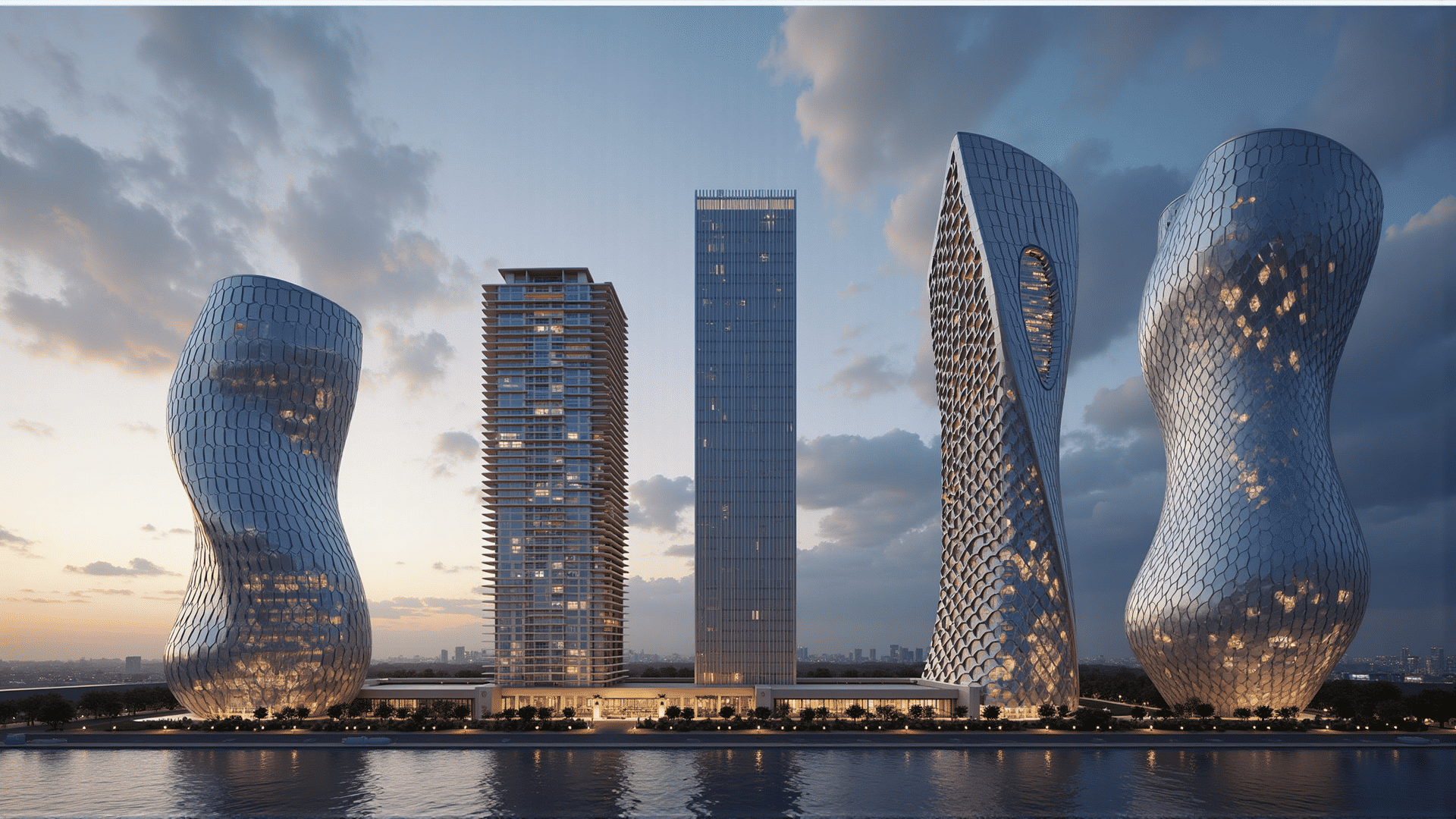Modern architecture has redefined urban landscapes around the world, creating skylines dotted with striking skyscrapers and sustainable structures that blend functionality with artistry. The journey of modern architecture is a tale of innovation, influenced by changing technological capabilities, societal needs, and environmental awareness.
The early 20th century marked a significant departure from the ornate, heavily decorated styles of the past. Influential figures like Frank Lloyd Wright in America and Le Corbusier in Europe emphasized simplicity, functionality, and a connection to nature. Wright's Prairie School movement, with its horizontal lines and integration with the landscape, and Le Corbusier's revolutionary ideas on open floor plans and reinforced concrete construction, laid the groundwork for modern architectural principles.
As the century progressed, cities grew, demanding more vertical buildings. The birth of the skyscraper became a symbol of urban evolution. Structures like the Empire State Building and the Chrysler Building in New York exemplified the Art Deco style, combining elegance with industrial progress. These buildings did more than define their skyline; they were an embodiment of an era’s technological triumphs and aspirations.
The arrival of Mid-century Modern architecture brought another wave of change, with architects like Ludwig Mies van der Rohe and Walter Gropius, who were central figures of the Bauhaus movement, advocating for minimalism and the harmonious integration of form and function. Their designs, characterized by clean lines, open spaces, and extensive use of glass and steel, became the hallmark of corporate buildings and residential homes alike.
In the late 20th century, the postmodernists reacted against the perceived austerity of modernism. Architects like Michael Graves and Philip Johnson embraced whimsy and historical references, resulting in eclectic buildings that often served as cultural statements. Their pioneering works signified an era where architecture embraced both the past and the future, crafting visually engaging structures that defied conventions.
Today, as we face significant environmental challenges, contemporary architecture is witnessing yet another transformation. The rise of sustainable architecture seeks to lessen the ecological impact of buildings while enhancing the quality of life. Innovative designs incorporate renewable energy sources, environmentally friendly materials, and thoughtful site integration. Structures like the Bosco Verticale in Milan illustrate how buildings can contribute to urban biodiversity, featuring vertical forests that absorb CO2 and produce oxygen.
Architects are also exploring biomimicry, drawing inspiration from nature's efficiency and elegance to create buildings that not only serve human needs but also enhance the environment. Projects like the Eden Project in the UK use sustainable principles to construct buildings that are educational as well as functional, promoting a greater awareness of ecological integration.
In a world that constantly evolves, architecture remains both a reflection and catalyst of change. The shift from classic to innovative designs in modern architecture demonstrates our capacity to adapt and redefine living spaces creatively. From sky-high towers to eco-friendly habitats, the structures that shape our cityscapes today are paving the way for a future where design, technology, and sustainability unite to address the complexities of modern life.
